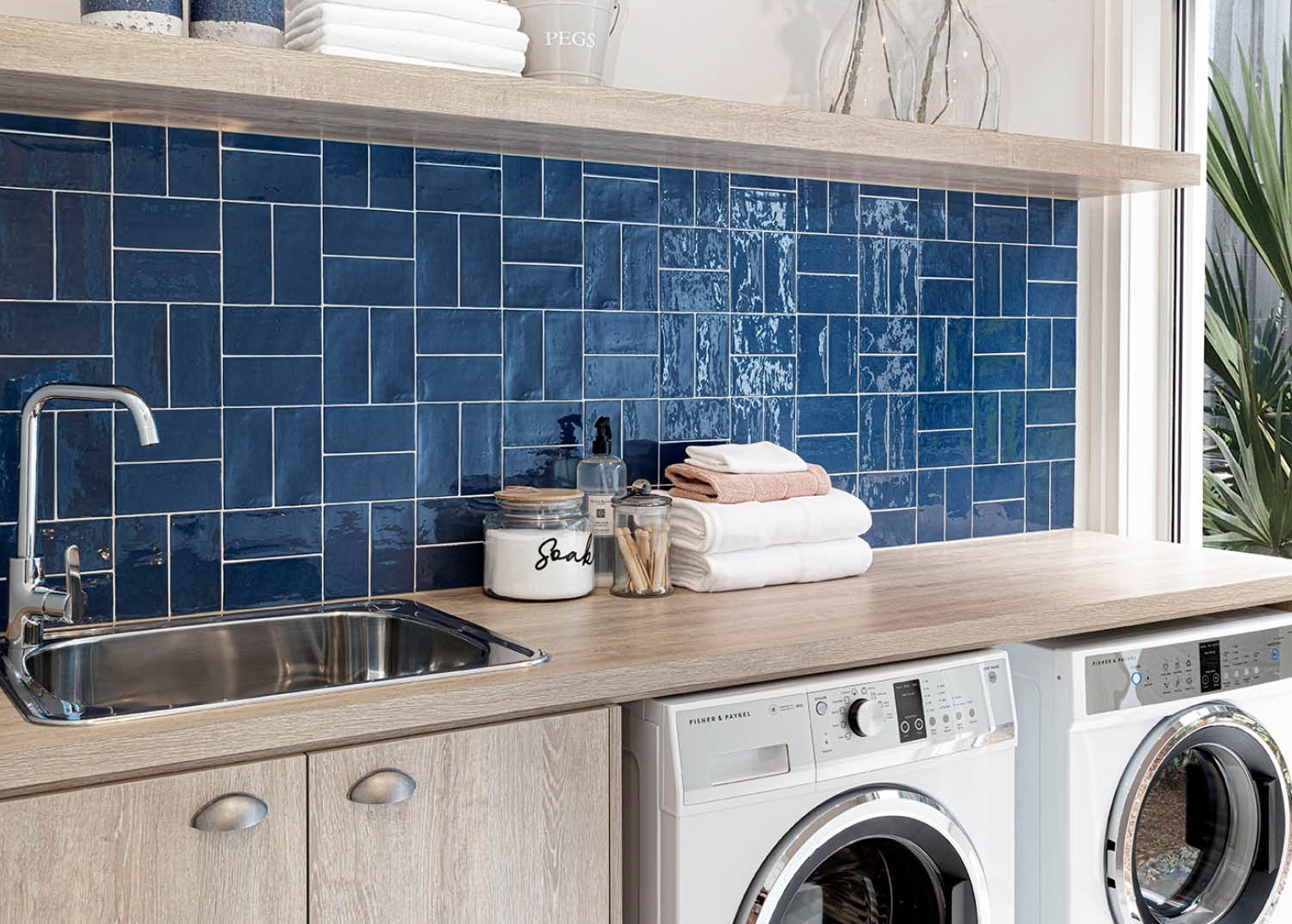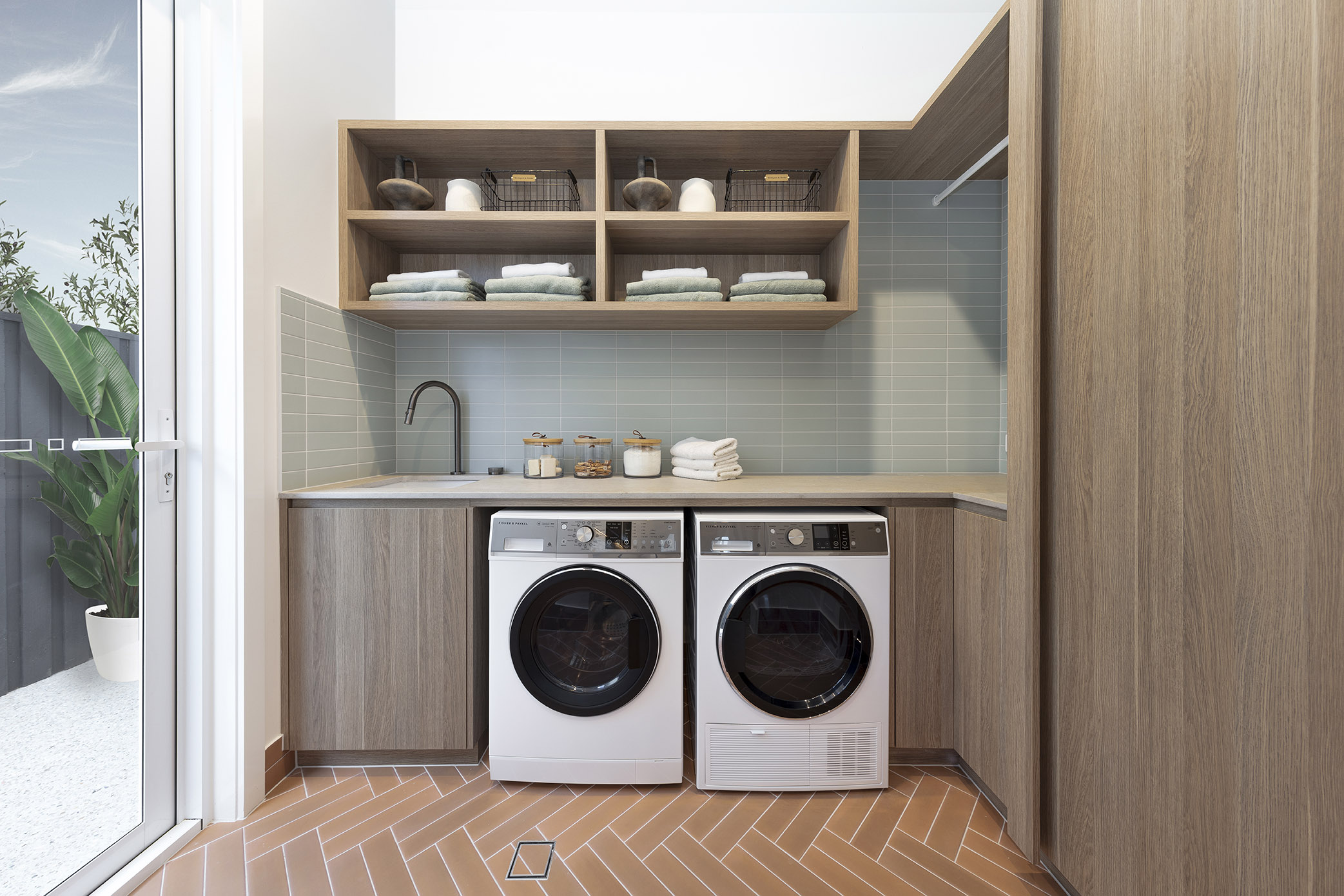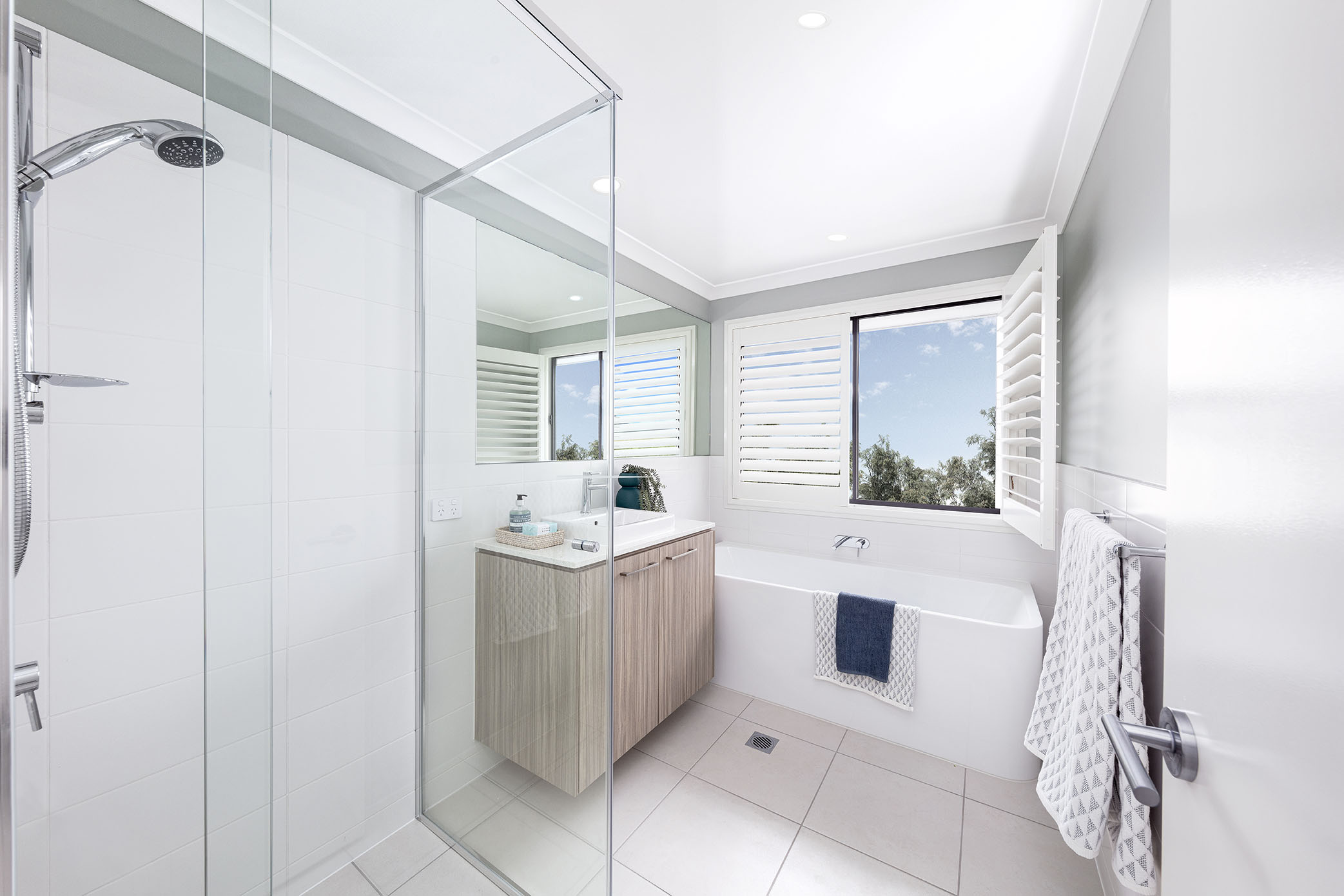House Maintenance Tips to Protect Your Investment

As homeowners, it is important to understand the significance of house maintenance in preserving the charm and value of our homes. By being attentive to the gradual wear and tear caused by time, we can ensure that our investment remains in tip-top shape.
That’s where the art of house maintenance, a ritual often overlooked, becomes essential in protecting our homes.
In this guide, we will learn to pay attention to the subtle signs that indicate the need for maintenance and address them before they escalate into expensive repairs. From the careful upkeep of the roof to monitoring energy consumption, we will acquire the necessary skills to preserve our homes effectively.
How Often Should I Deep Clean My Home?
Deep cleaning your home at least once every 3 months is recommended to manage its condition and value. As the seasons change, your tidying routine should adapt to ensure every corner of your home receives meticulous care.
By following a cyclical approach and dedicating yourself to deep cleaning, you can ensure the well-being of your home and keep a harmonious balance over time. Expert advice suggests this should be done periodically to keep your home in good condition.

Monthly Home Maintenance Checklist
A monthly home maintenance checklist is important to preserve your property's condition and avoid expensive repairs. Here are some tasks to include in your monthly checklist:
- Cleaning HVAC filters: Properly installed will help you breathe easily in your home and ensure that your heating and cooling systems work efficiently.
- Clearing Drains and Sinks: Regularly clearing drains and sinks will prevent the chaos and inconvenience of clogs.
- Test Smoke Alarms: Ensuring these smoke detectors are functional is key for early detection of any safety hazard. Replace batteries every six months to keep consistent operation and reliability.
- Examining Electrical Cords: Inspect electrical cords for frayed wires or loose connections to prevent electrical hazards.
- Lubricating Door Hinges and Locks: This prevents doors from squeaking and ensures the smooth operation of locks.
- Cleaning Gutters and Downspouts: Regular purging avoids blockages and water damage.
- Inspecting Roof: Look for any damages or leaks to address them early. It could be damaged shingles, blocked gutters, or outdoor air vents not working properly.
- Checking Plumbing for Leaks: Asking a plumber to detect leaks early can save money and prevent extensive damage. Checking plumbing, shower heads, and faucets from leaking avoids headaches, especially in seasons that are hard to service.
Seasonal Home Maintenance Checklist
This seasonal home maintenance checklist explores essential outdoor maintenance tasks to keep homes in top condition throughout the year.

Spring
As the weather begins to warm up and nature comes back to life, it's the perfect time to prepare your outdoor spaces for the season ahead with some spring cleaning:
- Trimming Branches and Clearing Debris: Early spring is ideal for tidying up your yard and outdoor spaces to enhance their appearance and reduce hazards.
- Inspecting Roof for Leaks: With the onset of spring, it's important to check for any leaks that might have developed during winter.
- Clean Window and Door Screens: Just like windows, screens accumulate dust, dirt, and pollen over time, hindering their ability to allow fresh air to circulate through your home. Regular cleaning of your window and door screens will not only improve the quality of the air you breathe but also make your home more inviting and comfortable.

Summer
As summer arrives and the days get longer, it is a great time to let a professional inspect the exterior of your home. The warm weather and extended daylight hours provide the perfect opportunity to give your home's exterior the attention it needs:
- Inspect Exterior Paint and Foundations: Regular summer inspections help identify and rectify damage to exterior siding paint and the home's foundation, maintaining structural integrity and aesthetic appeal.
- Flushing Outdoor Taps and Hoses: This practice ensures the proper functioning of tap washers and outdoor water systems and prevents blockages during the warmer months.
- Tidying and Resealing Deck/Patio: Protect these areas from weather-related wear and tear by scrubbing and resealing them in the summer.
- Pest Inspections: Conducting a thorough pest inspection during summer is crucial to identify and address any infestations early. This helps protect your home and prevent potential damage caused by termites, cockroaches, ants, or other pests.

Winter
As winter approaches, we must shift our focus to the winter home maintenance checklist. So, let's dive in and learn how to prepare our homes for the chill ahead:
- Inspecting Roof for Damage and Leaks: As winter sets in, thoroughly inspect your roof for any damage or leaks that could be exacerbated by frost, ensuring the integrity of your home against the cold.
- Servicing Heating System: Conduct a thorough check-up of your heating system to ensure its operating efficiently and safely. This includes inspecting your hot water tanks to ensure they function properly and are not causing safety risks.
- Checking Fire Hazards: Inspect your home for any potential fire hazard, especially around heating sources and electrical systems, to ensure a safe living environment during winter.
- Sealing Drafts: Diligently seal cracks and any drafts to preserve the warmth inside your home. Checking air vents and reinforcing it as a cozy refuge against the winter chill.

Autumn
Autumn is all about clearing gutters and downspouts, replacing HVAC filters, sealing gaps and drafts, and arranging a professional roof inspection. You'll be well prepared following these steps.
- Clearing Gutters and Downspouts: Sweeping gutters and downspouts in the early fall prevent blockages and reduce water damage risk.
- Replacing HVAC Filter: Change the filter in the fall to ensure efficient heating during winter and improve indoor air quality. This should help prevent heat loss and lower your overall electric bill.
- Sealing Gaps and Drafts: Seal gaps and air leaks to maintain warmth and energy efficiency in your home as the weather cools. This should be part of the necessary repairs on this seasonal home maintenance checklist. This can help to prevent insects from entering your home.
- Arranging Professional Roof Inspection: A thorough inspection in the fall ensures your roof is prepared for winter weather conditions.

Maintaining the Air Conditioning System
The proper maintenance of an air conditioning unit is crucial for its optimal functioning. Regularly changing air filters, washing and clearing the outdoor unit, and monitoring energy usage are important tips to remember.
- Changing Air Filters: Regularly replace the filters of your air conditioning unit to maintain efficient operation and improve indoor air quality. Plus this could reduce energy consumption and lower electricity bills.
- Cleaning the Outdoor Unit: Keep the outdoor unit of your air conditioner clean and clear of debris to prevent any potential system inefficiencies.
- Scheduling Professional Maintenance: Arrange for professional air conditioning maintenance to ensure it runs at peak efficiency and prevent major problems.
- Monitoring Energy Usage: Regularly check your air conditioning unit's energy consumption to identify any unusual increases, indicating inefficiencies or the need for maintenance or repair.
These practices ensure the system operates efficiently and effectively, providing a comfortable and cool indoor environment. Homeowners can enjoy less cooling downtime with their air conditioning system serviced.
Easy-to-Do Cleaning Routines
A well-maintained home is not only aesthetically pleasing but also contributes to a healthier and more comfortable living environment. By taking proactive steps to prevent problems and addressing issues promptly, you can safeguard your home's integrity, enhance its functionality, and create a healthier space for yourself and your loved ones.

Weekly Vacuum Cleaning
Vacuuming beneath furniture weekly eliminates lint, dust bunnies, and soil buildup, promoting a cleaner and healthier indoor environment. Regularly removing these accumulated allergens can significantly reduce respiratory issues and allergies.
Sink Scrubbing Routine
Regularly scrub and inspect sink drains and use vinegar for a sparkling finish. This enhances cleanliness and maintains the hygiene of frequently used areas.
Monthly Filter and Hood Cleaning
Clean filters and range hoods every month to eliminate accumulated grime. This improves the efficiency of your appliances and maintains air quality.
Seasonal Deep Clean
Undertake a thorough and deep cleaning at each seasonal transition. This comprehensive approach ensures every part of your property is well-maintained and clean.
Interior Condition Monitoring
Regularly focus on interior condition monitoring with attentiveness and preventative care. This includes checking that the water heater is in working order and scheduled garbage disposal. This proactive approach helps keep your home's overall condition and longevity.

Clean and Sanitise Appliances
- Dishwasher: Run a cleaning cycle with a dishwasher cleaner to remove grease buildup, eliminate food particles, and neutralise lingering odours. This deep cleaning helps maintain the dishwasher's performance and prevents the buildup of unpleasant smells.
- Washing machine: Prevent mold and mildew growth in your washing machine by regularly cleaning the washer drum and drain. A simple yet effective cleaning solution can be prepared using vinegar and water. Pour a cup of white vinegar into the washing machine drum and run an empty hot water cycle.
- Clothes dryer: To prevent fire hazards and ensure efficient drying, regular lint trap cleaning is essential. After each use, remove lint buildup from the dryer vent and lint trap. This simple step helps prevent lint from accumulating, which can obstruct airflow and pose a fire risk. Additionally, cleaning the lint trap ensures optimal airflow, allowing the dryer to function efficiently and reduce drying time.
Dust Furniture and Fixtures
By gently wiping away the accumulated dust that inevitably settles upon your beloved possessions, you not only preserve their pristine appearance but also safeguard their integrity and enduring value.
Keep Documents Handy
Keeping important maintenance documents handy is essential to protecting your investment in your property. Here are some tips to help you organise and store these documents effectively:
- Keep warranties separate: Warranties are particularly important, as they often come with an expiration date. Keep them in a separate folder or section to easily track when they need to be renewed or utilised.
- Make copies for potential buyers: If you plan to sell your home, having well-organised maintenance documents can be a valuable selling point. Consider making copies of important documents to provide to potential buyers, showcasing the care and attention you've given to your home.
Other Home Maintenance Tips
As life throws its curveballs, home maintenance checklist tips are essential to protect your investment and enhance your daily life. By setting aside a rainy day fund, you can be prepared for unexpected expenses that may arise.
Also, creating a garden that is easy to care for is important, allowing you to enjoy your outdoor space without the hassle of constant upkeep.

Have an Emergency Fund
In addition to your regular maintenance activities, you must set aside funds for unforeseen repairs to safeguard your property investment. Imagine the peace of mind that comes with knowing you’re prepared money for the unexpected—a busted pipe, a malfunctioning air conditioner during a scorching summer, or urgent pest control after a surprise infestation.
This emergency fund is your financial armour against the sudden storms of homeownership.

Create an Easy-to-Maintain Garden
Creating an easy-to-maintain garden for your outdoor area doesn't have to be daunting. Following these simple tips, you can enjoy a beautiful and thriving patio with minimal effort.
From choosing plants to incorporating hardscaping elements, we have you covered. To create an easy-to-maintain garden for your outdoor area, you can follow these tips:
- Choose low-maintenance plants: Opt for plants that require minimal care and attention. Look for native or drought-tolerant plants that can thrive in your climate without much watering or fertilisation.
- Plan your layout: Consider the size and layout of your outdoor space when designing your garden. Create designated areas for different types of plants or features, such as a flower bed, vegetable garden bed, or a seating area.
- Use mulch: Apply mulch around your plants to help retain rain and moisture in the soil and suppress weed growth. Organic mulch, such as wood chips or shredded leaves, can also improve soil quality as it decomposes.
- Install an automated irrigation system: To simplify watering, consider installing an automated one with a pressure relief valve. This will ensure your plants receive the right amount of water without manual watering.
- Incorporate low-maintenance landscaping: Include elements like pavers, gravel paths, or raised beds in your garden design. These landscaping tips require minimal maintenance and can add visual interest to your outdoor area. This can save time in the backyard upkeep compared to the wooden equivalent.
- Minimise lawn area: Reduce the amount of lawn in your garden to minimise mowing and maintenance schedule. Instead, focus on creating functional and visually appealing areas with plants, seating, and other features.
- Regularly weed and prune: Stay on top of weeding and pruning to prevent the growth of unwanted plants and nurture the overall appearance of your garden. Regular maintenance will help keep your garden looking neat and tidy.
